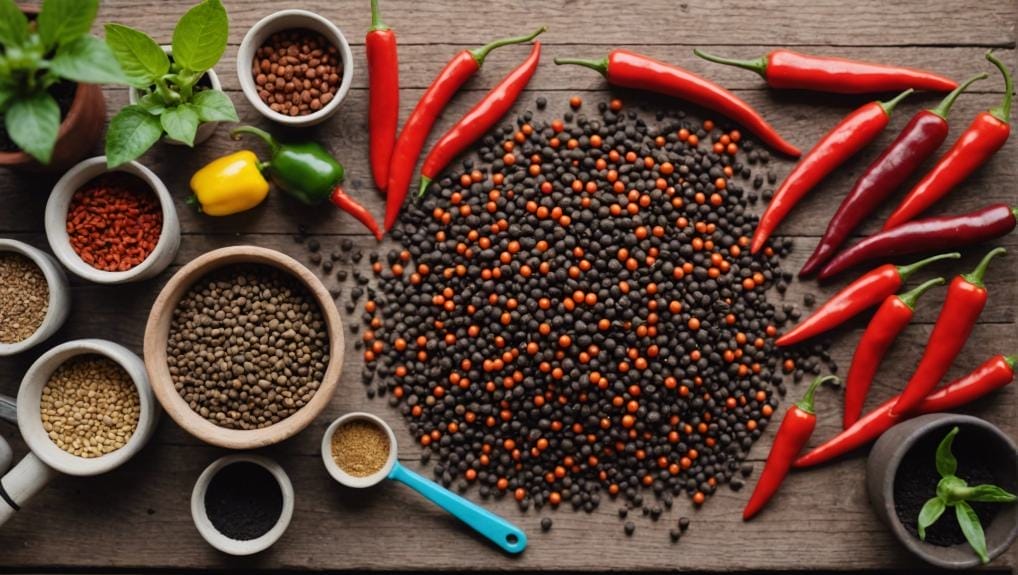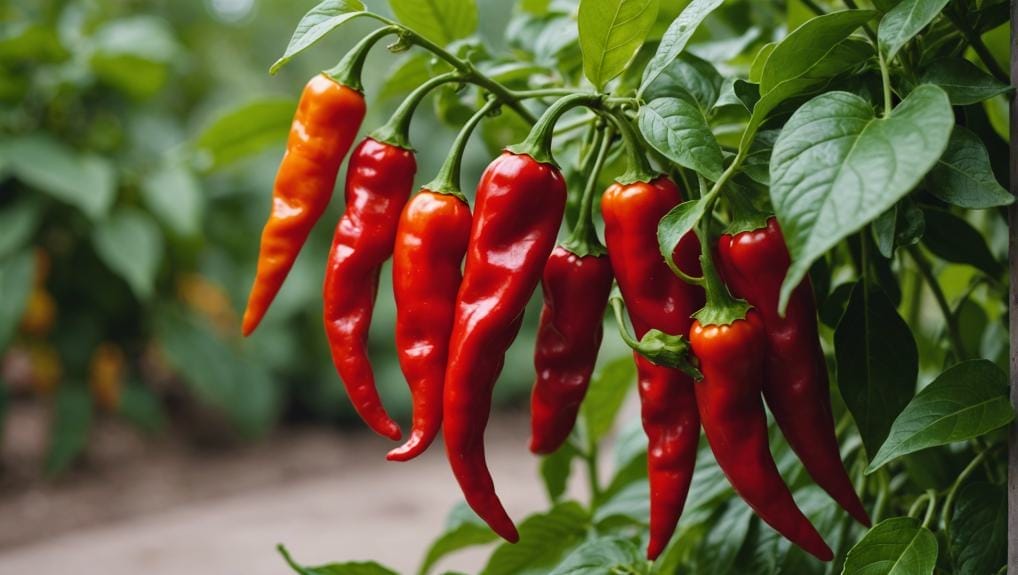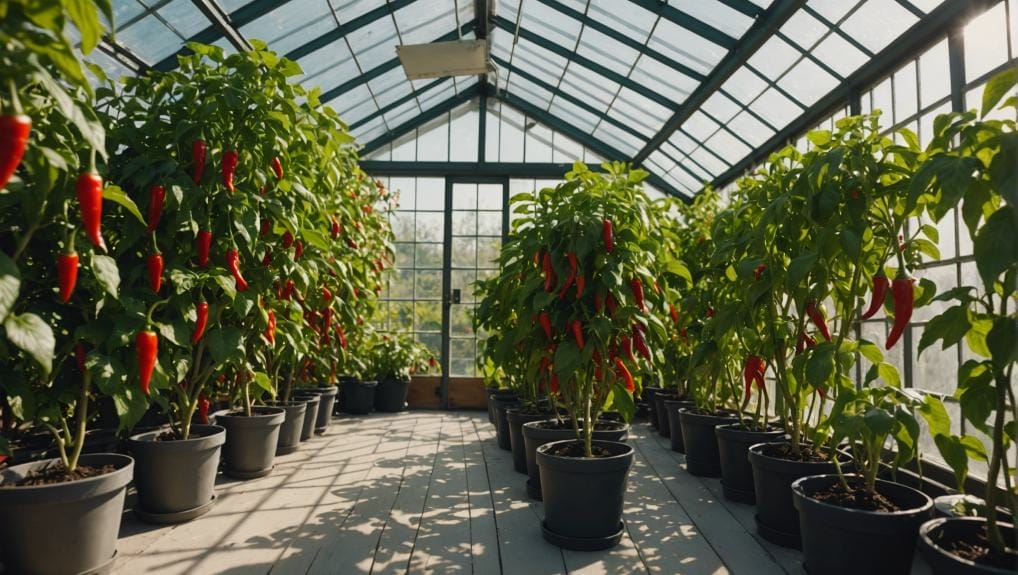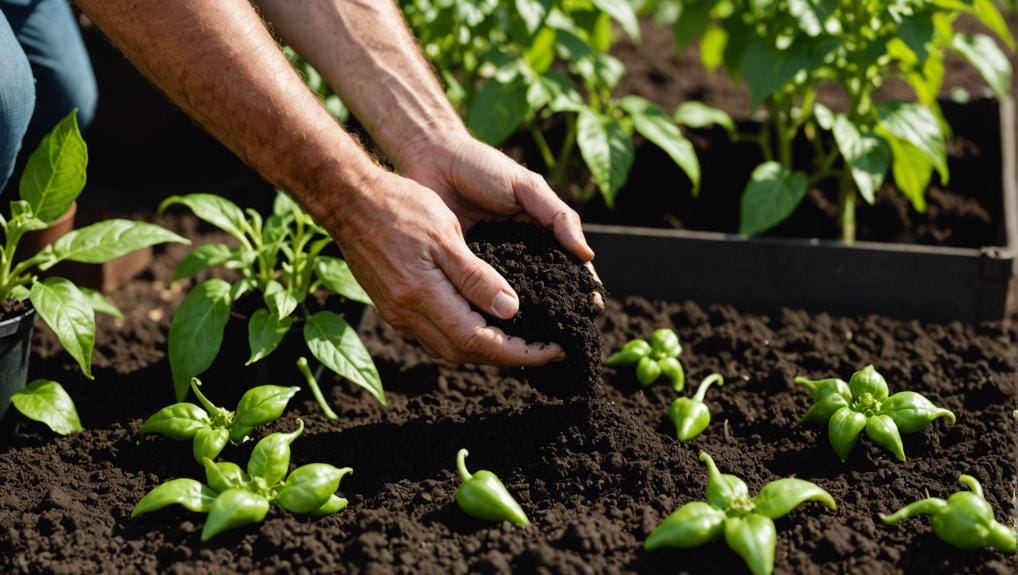When it comes to choosing high-yield hot pepper seeds, you want to ensure you’re making the right decisions from the start. Considering factors like heat level, plant size, and grow time can significantly impact your pepper harvest. Making informed choices based on these elements will not only help you achieve optimal results but also maximize the productivity of your pepper plants. By following these three top tips, you can set yourself up for success in your hot pepper cultivation journey.
Factors to Consider
When selecting high-yield hot pepper seeds, you should carefully consider various factors to ensure a successful and satisfying growing experience.
One crucial factor is the heat level of the seeds. Some varieties like Ghost Pepper or Carolina Reaper are super hot, while others offer milder tastes.
Plant size is another important consideration. Certain pepper plants grow more compactly, suitable for smaller spaces, while others can reach several feet in height, requiring more room to flourish.
The grow time needed for the seeds to mature into harvest-ready plants should also be taken into account. This period can vary significantly, ranging from a few months to over a year, depending on the variety selected.
Additionally, pay attention to the temperatures required for optimal growth. Some pepper plants thrive in hot climates, while others prefer cooler conditions.
Lastly, consider the visual appeal of the chili peppers. The color and shape of the peppers can vary widely, adding aesthetic value to your growing space.
Disease Resistance Traits
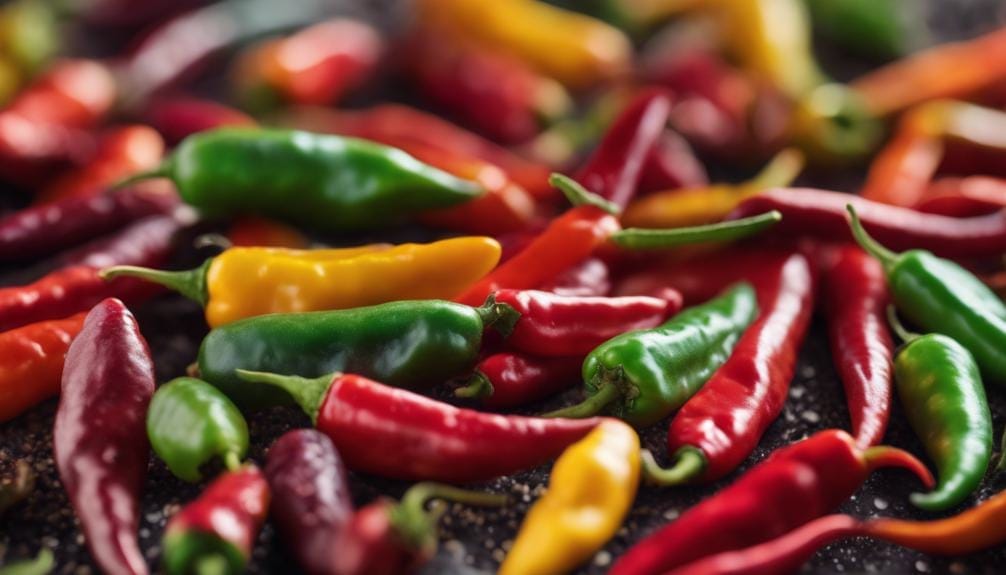
Selecting pepper varieties with disease-resistant traits is essential for ensuring a robust and productive hot pepper crop. Disease resistance traits play a crucial role in combating common issues like bacterial spot and Phytophthora blight, which can significantly impact pepper plants.
By choosing pepper varieties with resistance genes, you can reduce the risk of viral pathogens such as TSWV, TEV, CMV, and TMV, ensuring a healthier crop. Varieties that are resistant to prevalent races of these viral pathogens contribute to higher yields and overall plant health.
Disease-resistant pepper varieties not only minimize the impact of pathogens but also promote sustainable cultivation practices. Considering disease resistance when selecting pepper seeds is vital for successful hot pepper cultivation, as it can lead to a more robust and productive harvest by protecting your plants from debilitating diseases like bacterial spot, Phytophthora blight, and various viral pathogens.
Market Demand Analysis
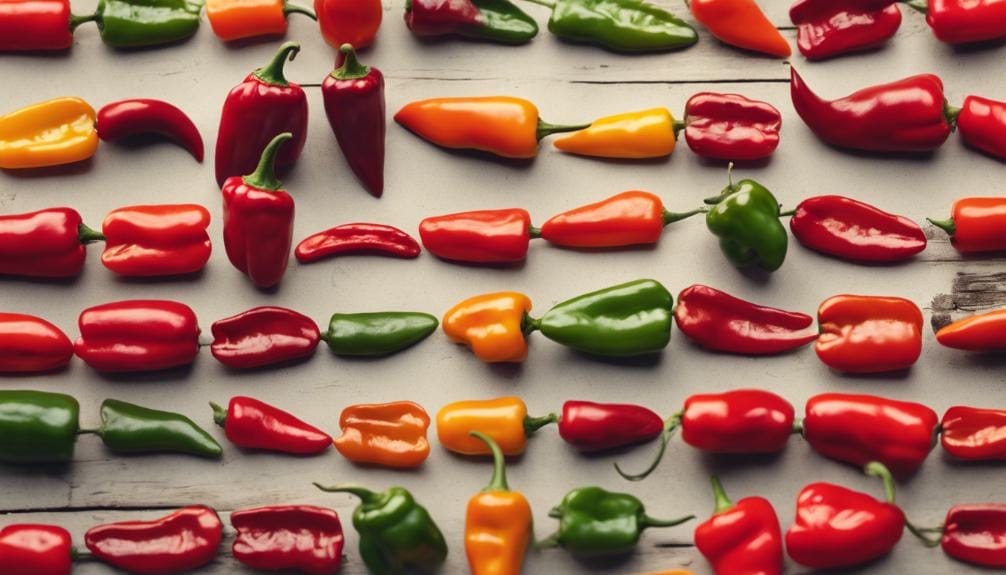
To conduct a thorough market demand analysis for hot pepper seeds, start by analyzing current trends and popular culinary preferences. Understanding market trends is crucial in identifying high-demand varieties of hot peppers.
Consider the cuisines and recipes that prominently feature hot peppers to guide your seed selection process. Research both local and international markets to grasp consumer preferences regarding hot peppers.
Evaluating seasonal demands and trends will help you choose seeds that yield high-quality peppers consistently throughout the year. Additionally, seek insights from chefs, restaurants, and food processors to gain valuable information on preferred pepper varieties in the culinary industry.
Conclusion
So, when choosing high-yield hot pepper seeds, remember to consider the heat level, plant size, and grow time.
By selecting seeds that match your desired spiciness level, plant size, and grow time, you can increase your chances of a successful harvest.
Don’t forget to also factor in disease resistance traits and market demand to ensure a bountiful crop of hot peppers.
Happy gardening!

